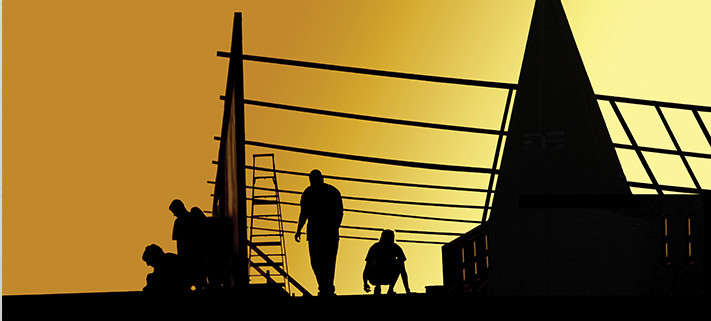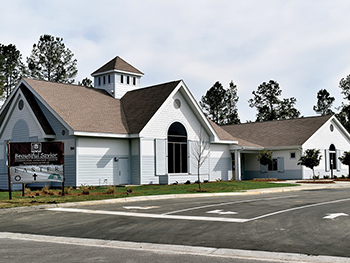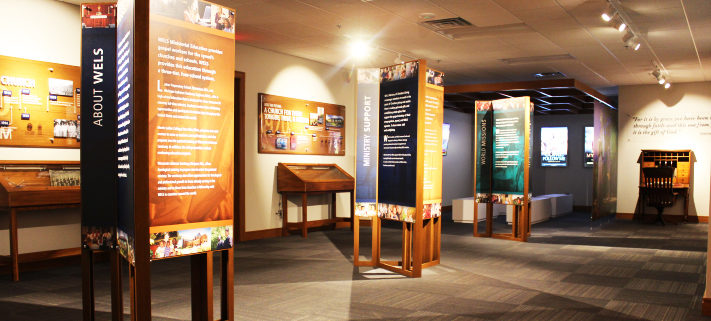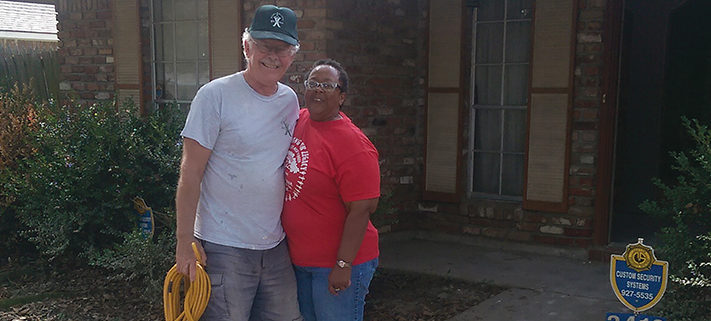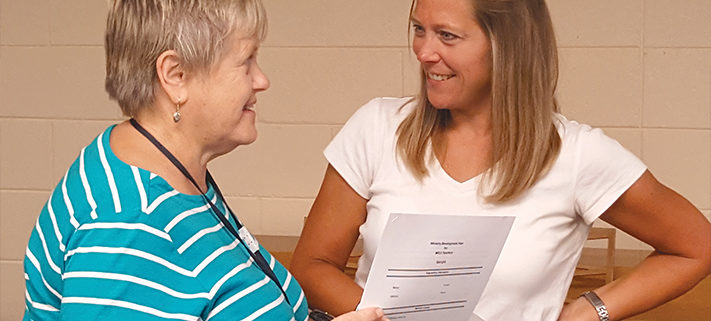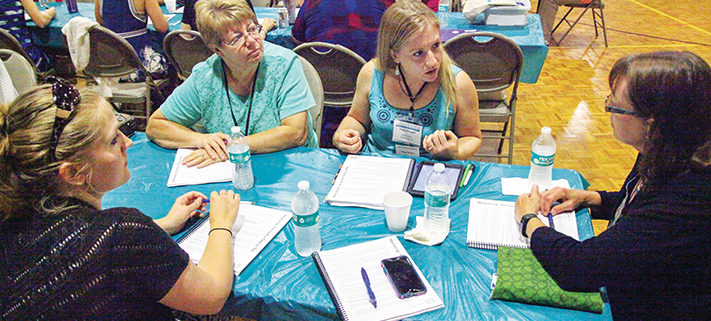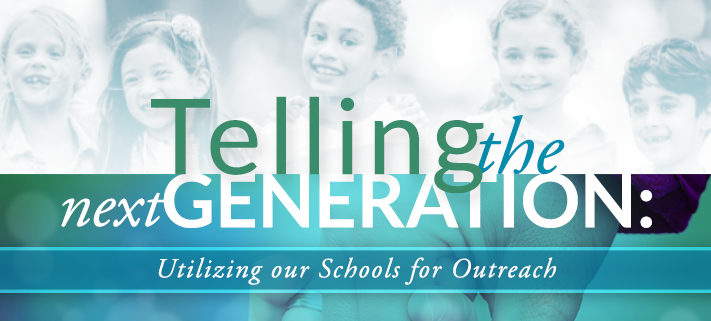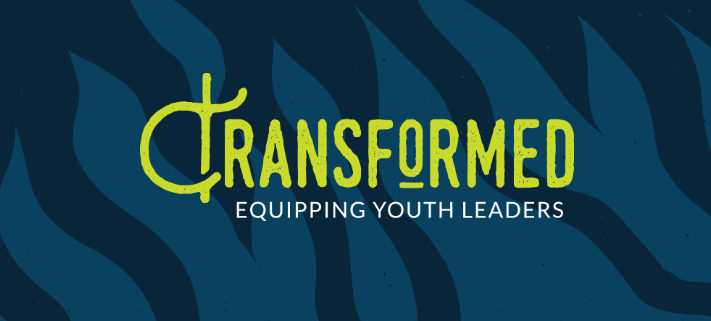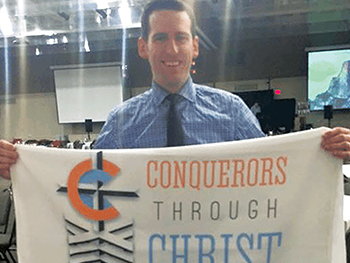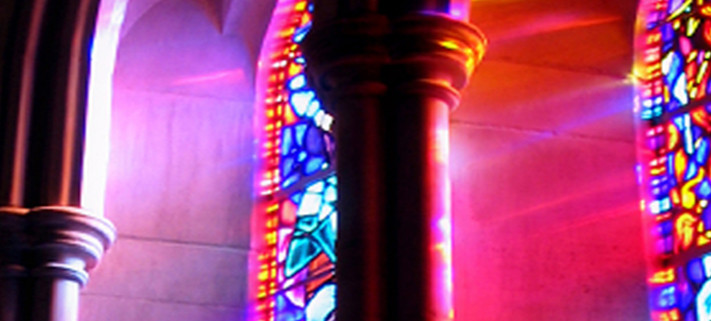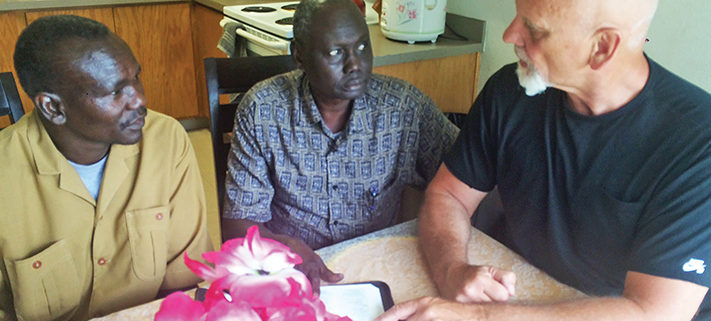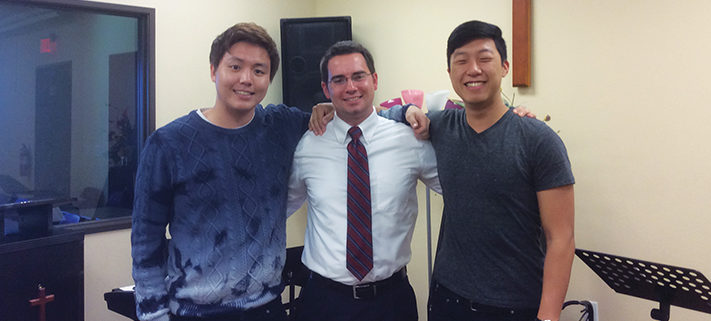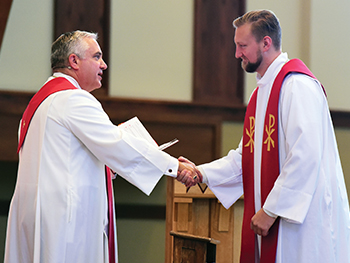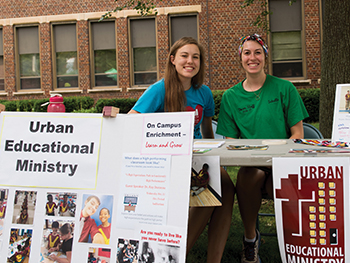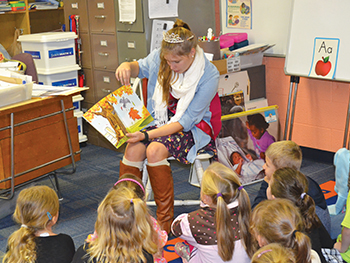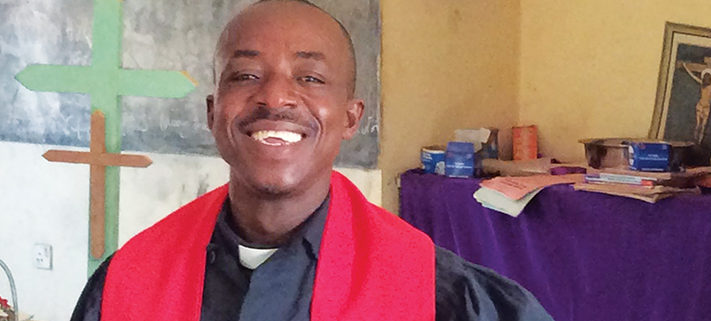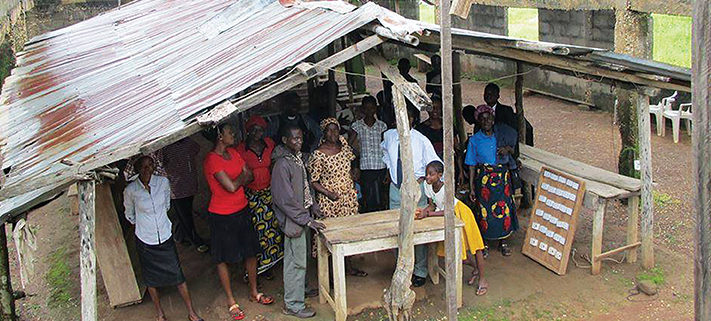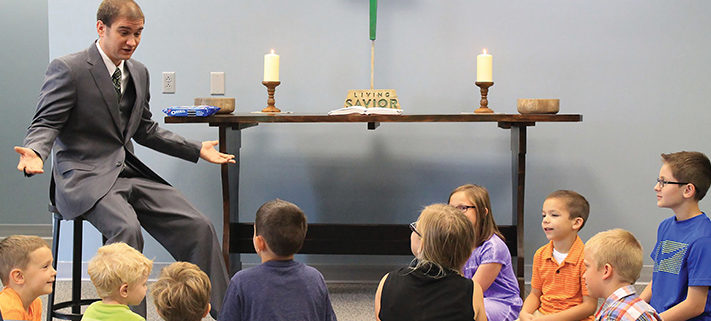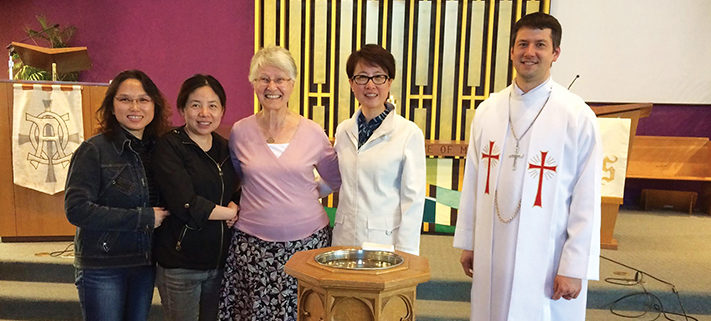Redesign and Creative Use: Hugo, Minnesota
This architectural series is intended to present the experiences of renovating churches as they seek to make new use of existing structures for expanded ministry. As such, one might wonder why a new build facility is included in the series. But while the Hugo project was not a renovation of an existing structure, it is an example of meeting challenges through redesign and creative use of multipurpose space.
A Little History
Christ Lutheran was a founding church in the city of North St. Paul in 1887. After 115 years of faithful ministry in the community, 2002 brought an opportunity to expand Christ Lutheran’s reach to a growing community 13 miles to the north.
Hugo, Minnesota, had been a sleepy little crossroads town settled in 1850 and organized in 1870. Over the next 130 years, it remained largely agrarian and unchanged. But urban sprawl and improved roads brought suburban development. By the time of the millennium, population growth projections forecasted an exponential increase over the next 20 years. Clearly, this was a golden opportunity to connect people with the gospel.
And yet, this potential mission field was not within the parish reach of any WELS church. In fact, there were just three existing churches of any denomination within city limits. Christ Lutheran leadership recognized an opportunity for multi-site ministry, and by late 2005 a group of worshipers was meeting in the gym of the local public elementary school.
It wasn’t long before the anticipation of increased enrollment led the local school district to build a second elementary school. It would be a state-of-the-art facility and would include a cafetorium—a large gathering space serving as both cafeteria and auditorium. Its vaulted ceilings, chandeliers, polished woods and terrazzo floors would be ideal for Sunday worship. We were blessed to be able to secure Sunday morning rental of the new facility.
When the facility became available to us, it lived up to the hype. There was plenty of space for gathering, worship, and fellowship. The school provided chairs for seating, tables for eating, and even decent acoustics for singing. And if all of this wasn’t enough, the entrance was through a cross-bearing clock tower.1 Our first gathering for worship in the new space was two days before the school opened for students. For years members would joke that it was our building and we just let the school district use it during the week. It was a blessing for which we are thankful, but it did set the expectations for facility rather high if we were to ever build a Hugo campus of our own.
A Vision
As time passed and the Word was proclaimed, it became clear that there was an opportunity to be seized and a need to be met. While we made use of local gathering places like coffee shops and the community room at a local credit union, meeting space during the week was sorely needed. Guests and members alike expressed hesitance to commit to a church that continued to rent a facility rather than build. Further, families in worship, demographic research, and outreach events helped us to see the growing opportunity for sharing the gospel through child care and Christian education. Work began in earnest to develop a vision for the future long before the purchase of land for future ministry. Hugo outreach opportunities looked like they would come through childcare and a permanent presence in the community.
Facility to support this vision included a dedicated sanctuary for worship, childcare facilities for 100+ children, as well as 16 classrooms and a gymnasium for a Lutheran Elementary School. It was fun to dream, and we pray that this all-inclusive vision can one day be realized in God’s time and way. But available resources dictated a phased approach over ten to fifteen years. That left us with the challenge of seizing the childcare opportunity in a timely way, yet providing gathering space for worship and midweek events—and on a limited budget.
A Challenge
We were blessed to work with local architectural and building firms with excellent reputations. The architect helped us design a facility that would meet our needs. But it didn’t come without challenges.
Childcare facility regulations are specific regarding square footage and accoutrements. So many square feet are needed for each student and each level. Teacher-to-student ratios dictate the needed number of classrooms. Bathrooms, security requirements, kitchen regulations, and a host of other factors were largely set for us. In fact, this part of the building would prove the easiest to design. But the challenge was designing a building that would meet this specific ministry need while remaining flexible for church use throughout the week and ready for future expansion.
Working with our architect, our building committee set to work designing meeting, office, and multi-purpose space. This proved to be difficult. How do you provide gathering space that is suitable for Sunday morning worship, yet also suitable for play space during the week? How do you offer a secure facility for children, yet make the building accessible for guests and members? How do you build a kitchen space that can serve regulated meals for childcare students during the week, yet convenient enough for church fellowship events? How do you design a worship space that clearly proclaims the power and permanence of the Means of Grace, yet is flexible enough to host a community dinner or a childcare center kiddy dance?
These and similar questions kept our architect and building committee in near constant discussion. Multiple plans were drawn. Rooms were moved and re-shaped. Height, space, acoustics, technology, security, and a host of other aspects all needed to be considered. We knew God had a path for us, but we seemed to be stuck.
Centered on Christ
There is a phrase that has been proposed in the design of ecclesiastical buildings: Form follows function follows faith.2 Basically, the design of the building supports the ministry of the congregation. The ministry of the congregation is reflective of the faith which the congregation confesses. To this point, our building committee and architect had embraced “form” and “function.” But it wasn’t until we had some help and fully embraced the “faith” aspect of the phrase, that our design finally came together.
Form follows function follows faith.
The “help” came in the form of a liturgical consultant. Whether you’re renovating existing space or building new, a liturgical consultant is a tremendous help. The liturgical consultant team helped us clarify and prioritize what was truly needed to carry out the ministry we intended in the worship space. They asked thought-provoking questions. They educated our team on how light, color, and materials communicate the message of our faith. They pointed to symbols, shapes, furniture, art, and placement of such things as opportunity to point to Christ. These conversations led us to a focal point from which everything else would find centrality.
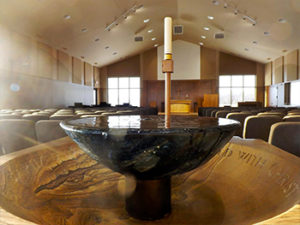
A living water font in a prominent location.
In Hugo the dominant spiritual influence is a non-denominational church with Baptist roots. This multi-campus mega-church welcomes thousands on a Sunday yet downplays the gospel in Word and sacrament. We knew early on that our confessional stance on the Means of Grace would make us distinctive in the community. We knew that we had a remarkable opportunity for future baptisms through the childcare center, and we wanted a living water font in a prominent location. The design came together when our liturgical consultants suggested a particular placement for the font. This became our focal point.
The suggestion was to place the font at the intersection of two axes: 1) the axis between the main entrance and multi-purpose space altar; and 2) the axis between the childcare center and a dedicated sanctuary to be built some time, and Lord willing, in the future. This concept shifted some rooms and moved some walls, but the placement of the font and subsequent building design would form a geometric cross. Driving the point home, the consultants further suggested hanging a suspended cross over the font. Above both, emphasizing our focal point, would be a clerestory. In the completed building the font and cross will be visible, whether from the altar, the main hall of the childcare center, or the entrance. Parents bringing their children to the center will pass within feet the focal point. These three features (font, suspended cross, clerestory) combine not only as the focal point for everyone who enters the building but also as its symbolic and geometric center, clearly proclaiming that baptism is at the heart of our mission and ministry at Christ Lutheran Church and Cornerstone Childcare Center.
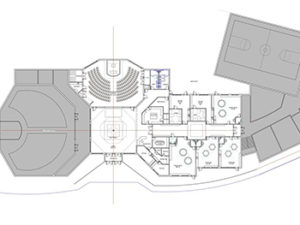
Font at intersection of two axes in three phase plan.
Multi-Purpose—What Does This Mean?
With the placement of the font, the rest of the building fell into place. There was one exception: the multi-purpose space. We already knew that the space would need to include the typical furniture found in a Lutheran sanctuary. We also knew that we wanted these pieces to have a certain gravitas, emphasizing the power and permanence of the gospel. And yet much of it had to be movable to allow for multiple uses of the space throughout the week.
This led to a frank discussion about how the room would be used (actually, not just potentially) both by the congregation and by the childcare center. The question that needed an answer was this: Would the childcare center need the multipurpose space for active play? In other words, did it need to serve as a gymnasium as well as a sanctuary? As it turned out, it didn’t.
In order for the multi-purpose space to be considered as play space for the children, it had to be within the center itself and its security features. But because of design needs, the multi-purpose space would have to be outside the security features of the childcare center. By regulation, then, any time spent in the multi-purpose space would be considered a field trip and the space would be unusable for regular play. This was welcome news for the building committee as it struggled to balance church and child ministry. But there was more work to be done.
Not needing the space to serve as a gymnasium didn’t mean that flexibility within the space was no longer necessary. It just meant that we no longer needed to be concerned with flying discs and bouncing balls damaging furniture and walls. The space needed to be designed for acoustical balance, technological advances, positional seating, movable appointments, and adjustable lighting. It needed to be a do-it-all kind of room. A seemingly impossible task.
Bringing It All Together
It is important to note at this point, that we had a great team: architect, liturgical consultant, builder, and building committee. As a team we brought it all together through frank discussions, open conversations, and willingness to see alternative perspectives. This became increasingly clear when we hooked into a major snag.
We had finalized a design which included three phases:
- Phase 1 – Childcare center with meeting and multi-purpose space for worship
- Phase 2 – Dedicated sanctuary and gathering space for worship
- Phase 3 – Classrooms and gymnasium for the addition of a grade school
It was a beautiful design giving us everything we were looking for. But when the job was put out for bids by the builder, the bids came back significantly higher than the architect and builder had anticipated. A slight increase in bids might have been expected, but the recession of 2008 had forced many contractors to scale back their workforce or to shut down completely. Consequently, though there were fewer building permits being pulled, there were also fewer workers to do the building. Contractors were able and needed to charge more for the work.
There was nothing we could do. We didn’t have the funding to build what we had designed. We had to go back to the drawing board and scale back on the features, materials, and square footage in order to bring the cost of Phase 1 into line with our budget.
This is where “team” became so important. After some tense moments of questioning and head scratching, we were able to begin redesigning together. The architect went to work moving walls and adjusting space in conjunction with building committee priorities. Building committee members reassessed technology needs and worked with designers to adjust and reposition components and access points. The liturgical consultants went through several drafts of furniture design in order to balance our desire for gravitas with our need for mobility. Musician space, traffic flow, ceiling height, window placement, and a long list of others factors all had to be reexamined and modified. It was stated above that while the Hugo project was a new build, it ended up being a near-complete redesign, one might even call it a renovation. Yet by God’s grace, the building once again took shape. In the final analysis we were still able to incorporate nearly everything we had wanted.
Worth It
As mentioned above, our desire was to have a living water baptismal font. This proved to be quite a challenge with an elegant solution. The floor of the multipurpose space is stained and polished concrete. Only around the base of the font, however, is the concrete stained in a design that highlights the cross and four gospels, thus designating the space as something special. Centrally recessed in the concrete is access to electricity. The font is designed to rise above it. Within the base of the font is a reservoir for distilled water. The water is pumped up to pool in an art-glass bowl. From there, the water gently spills over the sides, running down into another bowl. This bowl is formed in the hand-chiseled stone top of the font base. From there, the water returns to the reservoir. Because all of this is enclosed within the font, it can moved, if necessary.
Yet as impressive as the design is in its elegance and functionality, we were overjoyed to see how the glass bowl reflects the natural light, how the water dances down the sides, and how the solidity of the font captured the very gravitas we sought. Even so, the greatest joy was yet to come.
Around the inside lip of the stone bowl is chiseled a summary of Galatians 3:27. It reads “Baptized into Christ + Clothed with Christ.” These words were chosen both for the miracle they describe and for the simple explanation they provide for the emphasis we place on baptism. It was our prayer that these words would serve as a focal point and conversation center for discussions with parents about the baptisms of their children.
The conversations started immediately and continue to happen. Children love to stand at the font and watch the light play with the water as they are reminded of their own baptisms. (And yes, the occasional hand reaches out to touch the water.) Guests to the childcare center often ask of the significance of the “fountain.” And parents bring their children to be baptized. One couple connected with the childcare center asked about the font. Standing alongside it, one of our pastors was able to use the passage and the font to describe the miracle that takes place through water and the Word. The couple shared that they had sporadically attended the local mega-church. But they also admitted that they had been uncomfortable with that church’s teaching on baptism. Both felt that there was more to baptism than an ordinance of commitment. Only a few weeks later their daughter was baptized.
This is what kingdom work is all about. In the midst of challenges it can be difficult to see what the Lord has in store. He calls on us to cast the net of his gospel, promising that the results will be according to his will. Today, the childcare center is full. Dozens of souls have been washed clean through water and the Word. Thousands of souls have received nourishment through Word and sacrament. Souls are saved. Hearts are healed. Eternity is assured. It is our prayer that in this way the Lord continues to use the font, the facility, the members, and the ministry of Christ Lutheran to proclaim the gospel and share the good news of salvation through Jesus.
Written by Joel Gawrisch
Joel Gawrisch served for 14 years at Christ Lutheran before taking a call to New Life in Shoreview, Minnesota. He serves on the Minnesota District Worship Committee, the Schools of Worship Enrichment team, the Rites Committee for the new hymnal project, and with the Commission on Congregational Counseling’s Self-Assessment and Adjustment Program.
1 A local developer team of brothers had donated the property to the school with the stipulation that the building would incorporate a clock tower of their design. The sons of a Methodist pastor, the developers designed the tower to clearly incorporate a cross behind the clock face.
2 The original concept “form follows function” was first authored by American architect Louis Henry Sullivan (1856-1924). Sullivan is considered to be the “father of skyscrapers.”
2017 National Conference on Worship, Music, and the Arts
Kenosha, WI (June 13-16) and Irvine, CA (June 27-30). Something for everyone: lay leaders, musicians, pastors, teachers; Children’s Choir and High School Honor Choir. wels.net/national-worship-conference.
[fbcomments num=”5″]


